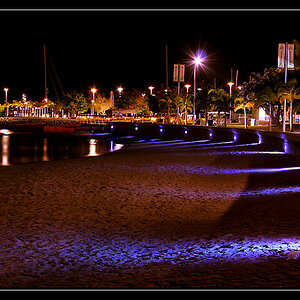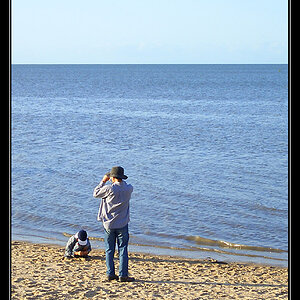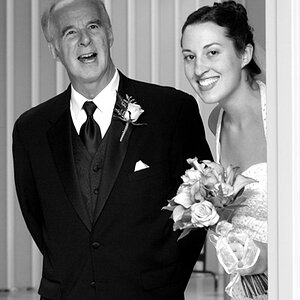photo1x1.com
No longer a newbie, moving up!
- Joined
- Sep 14, 2016
- Messages
- 923
- Reaction score
- 289
- Location
- Austria/Europe
- Website
- www.photo1x1.com
- Can others edit my Photos
- Photos NOT OK to edit
Hey people,
I haven´t posted too much in recent months, one reason is that my brain was constantly thinking about a conversation we had a while back. Some of you will probably remember - it was a long winding thread about "exposure" or better "camera exposure", and I noted a lot of what you people said.
I have never been happy with how exposure was explained, particularly the exposure triangle, but this thread got the ball rolling. So I was thinking about how I can come up with a better concept.
And here I am back again asking you for your feedback on a concept I have been working on for pretty long. I call it exposure bars. I don´t want to talk too much about it, because I´d love to hear your honest opinion without any input from my side, but here is a short note why I think there needs to be a new concept:
the exposure triangle has two major drawbacks:
 .
.

I haven´t posted too much in recent months, one reason is that my brain was constantly thinking about a conversation we had a while back. Some of you will probably remember - it was a long winding thread about "exposure" or better "camera exposure", and I noted a lot of what you people said.
I have never been happy with how exposure was explained, particularly the exposure triangle, but this thread got the ball rolling. So I was thinking about how I can come up with a better concept.
And here I am back again asking you for your feedback on a concept I have been working on for pretty long. I call it exposure bars. I don´t want to talk too much about it, because I´d love to hear your honest opinion without any input from my side, but here is a short note why I think there needs to be a new concept:
the exposure triangle has two major drawbacks:
- It doesn´t show the relation between the 3 components it mentions
- It leaves the most important component of image brightness out of the equation: scene luminance. Our settings for aperture, shutter speed, and ISO are only a reaction to scene luminance, so it doesn´t make sense to not incorporate that component in any concept dealing with image brightness.



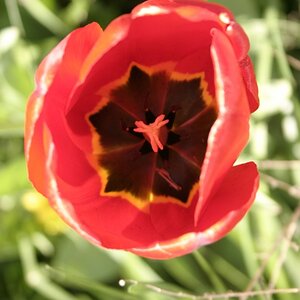
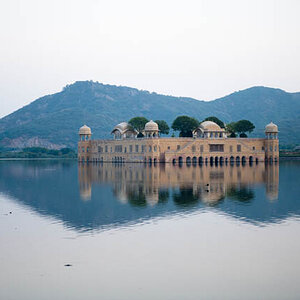
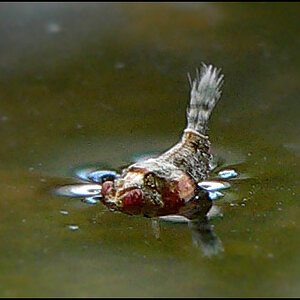
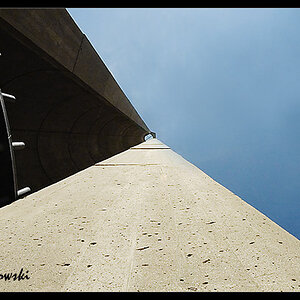
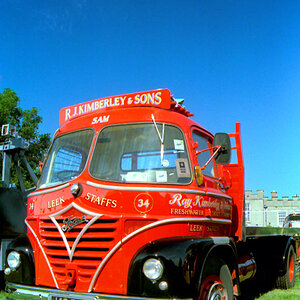
![[No title]](/data/xfmg/thumbnail/35/35965-cac1057a7f2dd8e8aeeefed50ae8c080.jpg?1619737282)
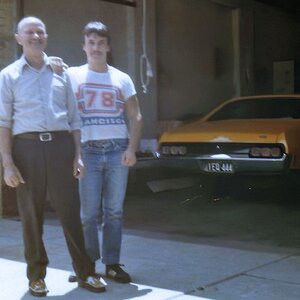
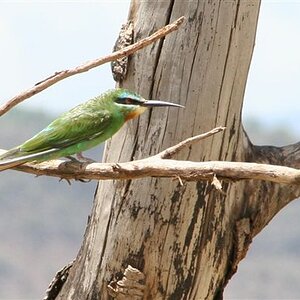
![[No title]](/data/xfmg/thumbnail/37/37092-c446ffb89610a57384a51ac5254beffd.jpg?1619737881)
